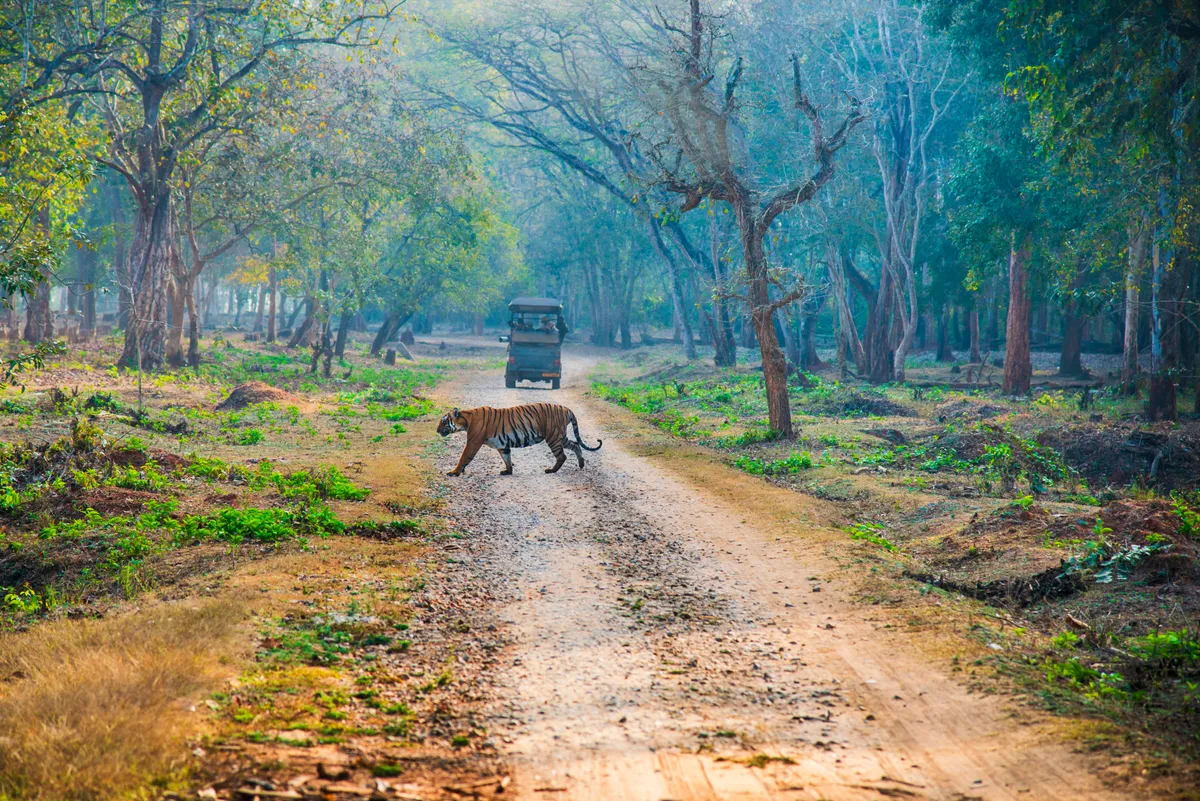The tiger is the largest cat in the world found in the wild and is a member of the genus Panthera. A carnivorous mammal, it is one of the most easily recognisable ‘Big Cat’ species with its distinctive orange striped fur and agile, flexible body. This deadly apex predator can run at speed, climb and jump and tends to stalk and hunt prey, such as deer and wild boar alone.
Historically, tigers have lived across huge swathes of Asia, however there are now very few left in South-East Asia, but tigers are doing reasonably well in India, making it a popular location for safari.
When Project Tiger – the conservation scheme administered by the National Tiger Conservation Authority – was launched in India in April 1973 it established nine Tiger Reserves. Now there are 47 across the country, with varying levels of access and infrastructure for visitors.
Here is a selection of the best nature reserves to see tigers in India
1
Bandhavgarh National Park
This former hunting forest of the Maharajas of Rewa in Madhya Pradesh is blessed with hills and steep escarpments, making it one of the most beautiful reserves. Porous rocks store monsoon rains, ensuring year-round water – great for tigers. High visitor numbers have to an extent habituated the tigers to jeeps and disturbance, and the prime range, 105km2 of sal forest and grassland around Tala Village, is a top area for sightings.
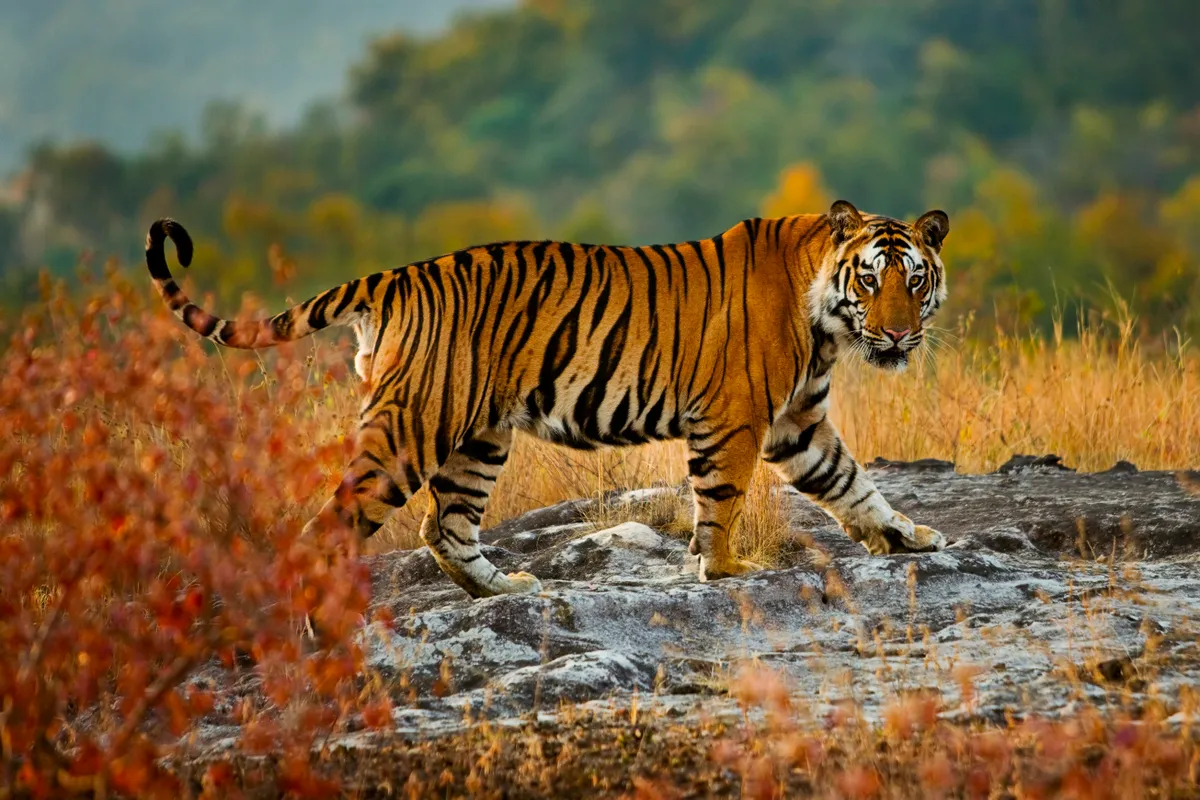
2
Kanha National Park
When Kanha was established, 26 villages were relocated, leaving wide meadows among the grand forests of sal. Famous for its rare dry-land swamp deer, Kanha also hosts other large prey such as gaur and plentiful sambar to support one of the biggest tiger populations in India.
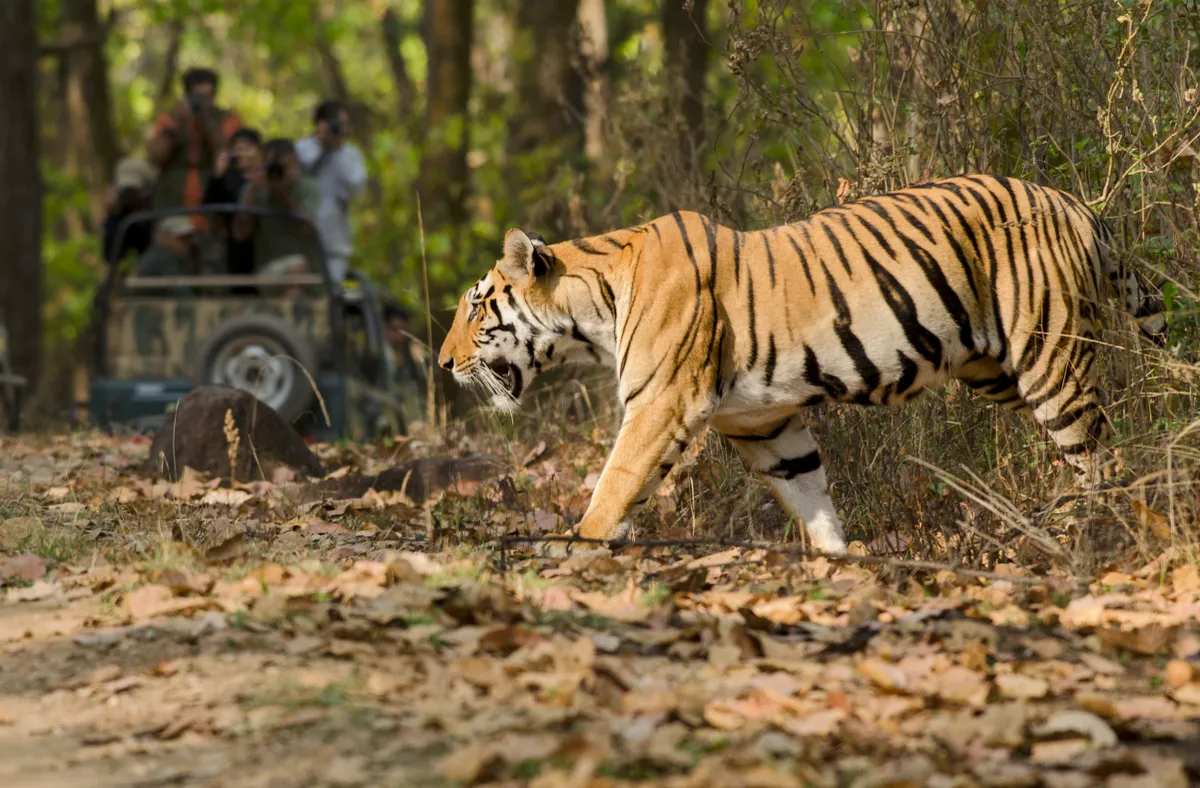
3
Tadoba National Park
A lesser-known reserve in Maharashtra, Tadoba has limited accommodation and a tarmac road through its centre. Nevertheless tiger encounters have been excellent in recent years, together with regular sightings of dhole, sloth bear and leopard.
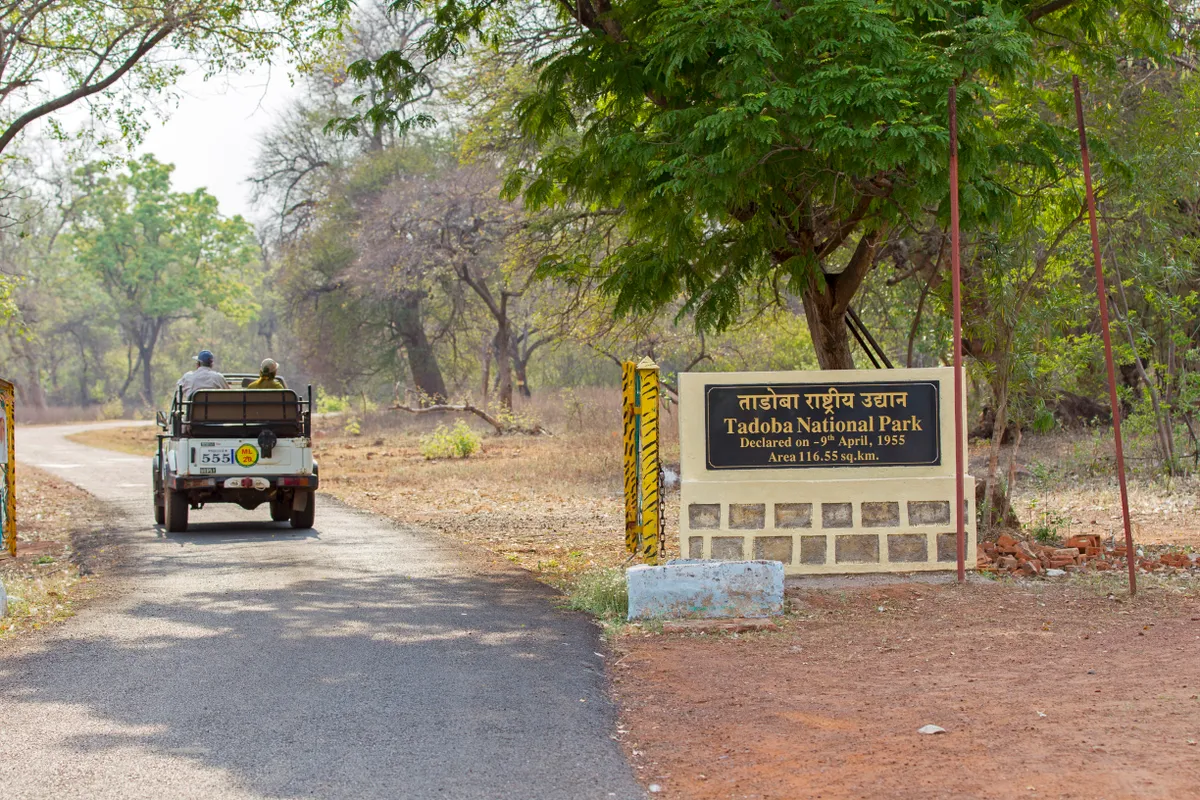
4
Ranthambore National Park
Proximity to Delhi can give this reserve the feel of a tourist trap. But its lakes and red-coloured fort, immortalised in films and books, provide a picturesque backdrop to sightings. Despite incidents of heavy poaching, this lovely patch of Rajasthan still has visible tigers.

5
Kaziranga National Park
The vast grasslands and riverine forests of Kaziranga lie in the floodplains of the Brahmaputra in Assam. It holds one of the highest-density tiger populations in the world but, with so much cover, the cats can be hard to spot. Kaziranga is also the stronghold of the greater one-horned rhinoceros, and has good numbers of Indian elephants.

6
Pench National Park
This reserve in western Madhya Pradesh is only two hours’ drive from the large city of Nagpur, so gets busy at weekends, and the visitor experience is over-managed. But the large reservoir at its heart means there is always water and always a chance of seeing tigers and other predators. The BBC made the series Tiger – Spy in the Jungle here with a remote-controlled ‘log-cam’.
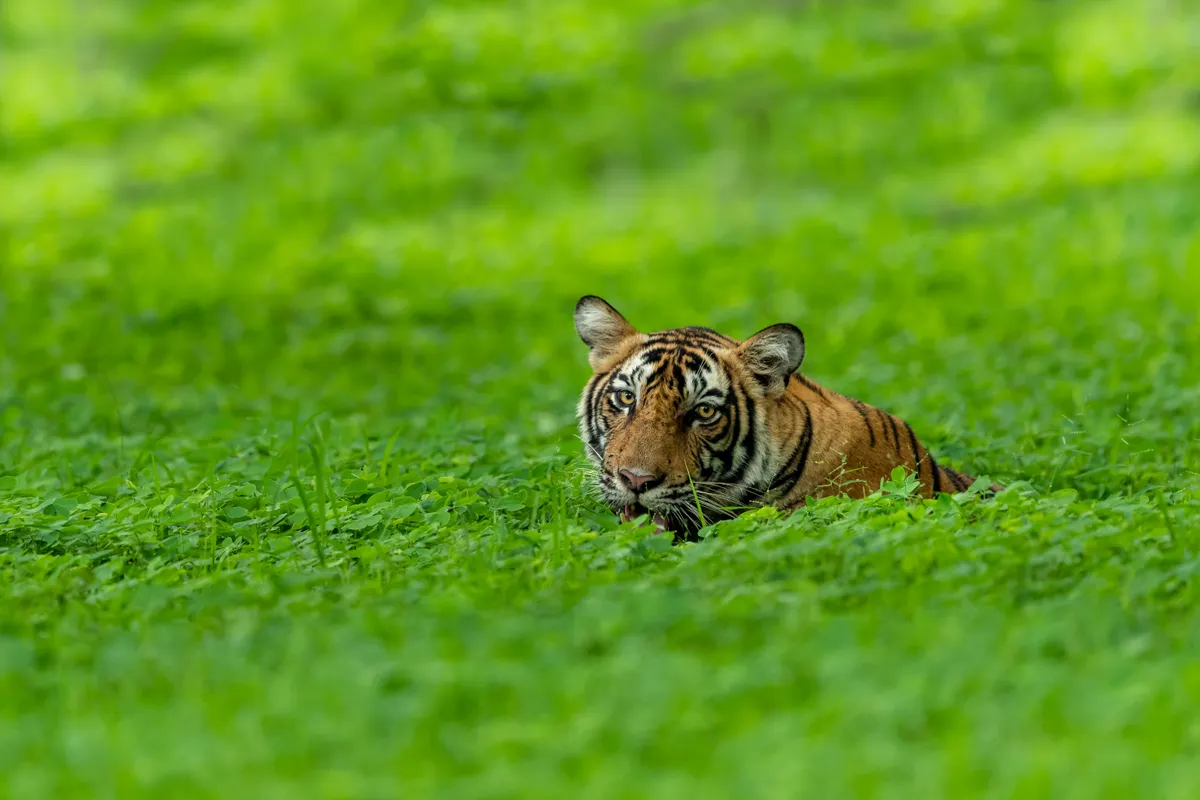
7
Corbett National Park
Project Tiger was officially launched in Corbett, in what is now Uttarakhand state in the foothills of the Himalaya. With its surrounding forests Corbett still holds probably India’s second-biggest tiger population. Though its limited network of forest tracks means sightings are infrequent, Corbett’s varied landscape holds Indian elephants and is superb for birdwatching.

8
Nagarahole National Park
Part of the larger Nilgiri Biosphere Reserve, this national park in Karnataka in the foothills of the Western Ghats mostly comprises moist and dry deciduous forests. Visit for sightings of tiger, leopard, otter and Indian elephant.
